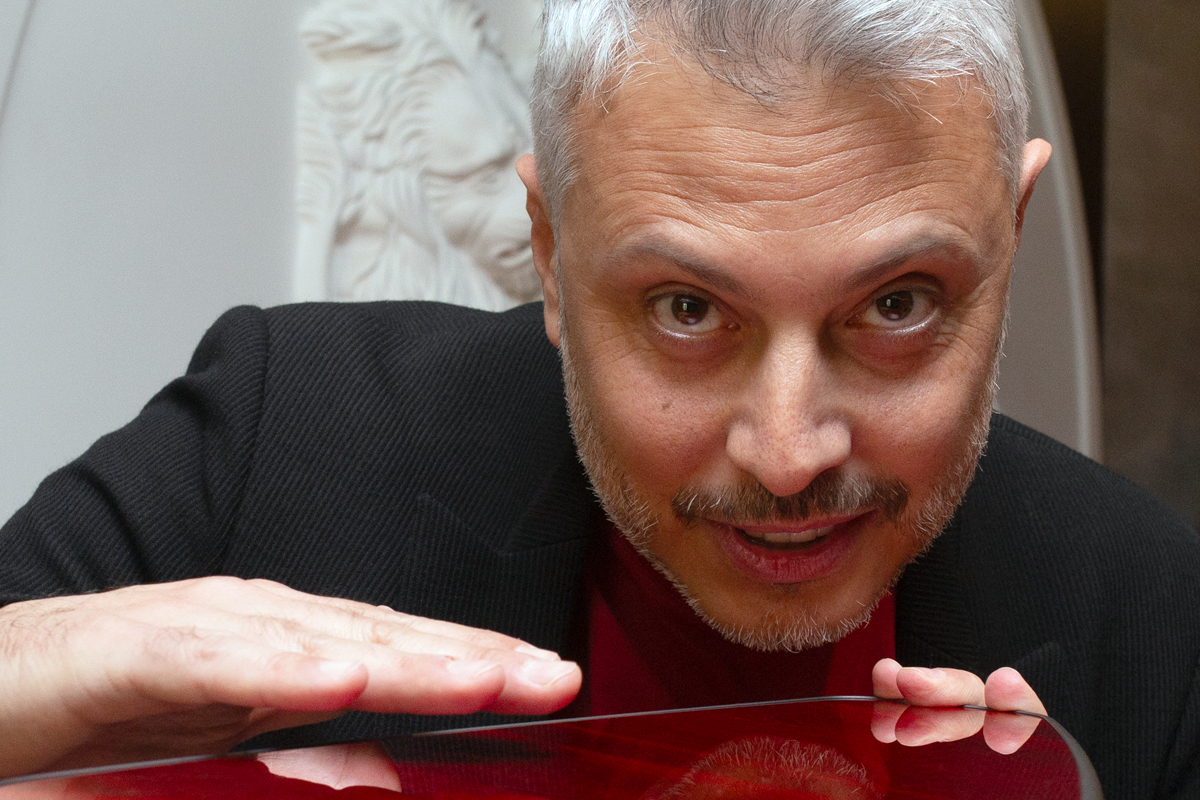Since 2018, the SoundStage! Network has been a member of the Expert Imaging and Sound Association. Each year, EISA presents awards in six categories: photography, mobile devices, in-car electronics, home-theater display, home-theater audio, and hi-fi. The SoundStage! Network is a voting member in the hi-fi category.
For most of the association’s history, EISA members have met in Europe to hear presentations by nominees and choose the winners. But like much of the world, EISA switched to Zoom when COVID-19 struck in 2020 and has not reverted to in-person meetings since. SoundStage! founder and publisher Doug Schneider attends most of EISA’s Zoom meetings, but I usually sit in for Doug for presentations of audio products with streaming capability.
This year, the presentation that most excited me was given by Livio Cucuzza and Florian Marmisse of Sonus Faber. Marmisse is an electroacoustic engineer for the Italian speaker manufacturer; Cucuzza is the firm’s head of design. They were presenting the Duetto, a new two-way active speaker system with streaming capability.

The design is unmistakably Sonus Faber. The Duetto’s lute-shaped enclosure, available in Walnut and Graphite finishes, features book-matched wood-grain veneer and a leather inlay around the drivers. Each speaker houses a 5.25″ long-excursion, paper-pulp midrange-woofer and a waveguided 0.7″ silk-dome tweeter. The midrange-woofer is powered by a 250W class-D amplifier and the tweeter by a 100W class-AB amp. Digital audio is wirelessly transmitted from the primary to the secondary speaker using ultra-wideband technology developed by Canada’s Spark Microsystems.
By the end of the presentation, I knew I wanted to get a Duetto system in for review. I was wowed by the design and intrigued by the underlying technology. And having reviewed Sonus Faber’s gorgeous Omnia tabletop music system, I figured the Duetto would be something special. But after the May 29 presentation, I heard nothing about the Duetto until late September, when Sonus Faber’s North American PR agency sent out a pitch on the product. The Duetto system was officially announced on October 5, and will sell for $3999 (in USD). As soon as I read that pitch, I requested a review sample. You can expect a full review on Simplifi in early 2024.
I also asked the PR agency if they could arrange an interview with Cucuzza about the genesis of the Duetto and key elements of its design. Cucuzza graciously agreed, and spoke to me from Vicenza, Italy, via Zoom. The interview took place on October 4, the day before the Duetto was officially announced, and has been edited for brevity and clarity.
Gordon Brockhouse: Take me back to the beginning. What was the inspiration behind the Duetto? When did development begin?
Livio Cucuzza: Back in 2018, we decided that Sonus Faber should have a line of connected speakers. We created a roadmap of products we wanted to develop. The first was Omnia, and then Duetto. There is a third product that will be announced in one year if we are lucky with the development.
The idea behind Duetto was more ambitious than simply creating a wireless product to compete with other manufacturers. In fact, the idea was the opposite: How can we transform a classic Sonus Faber loudspeaker into something more versatile? We didn’t want to change the Sonus Faber DNA to adapt the speaker to the market. If we just wanted to be more competitive, that would just be a pricing game. At that point, our only choice would be to go plastic, like most of our competitors. Our idea was to use our classic natural materials—wood cabinet, leather details. We started by designing a classic Sonus Faber two-way speaker, and then we added amplification, wireless transmission, and streaming.
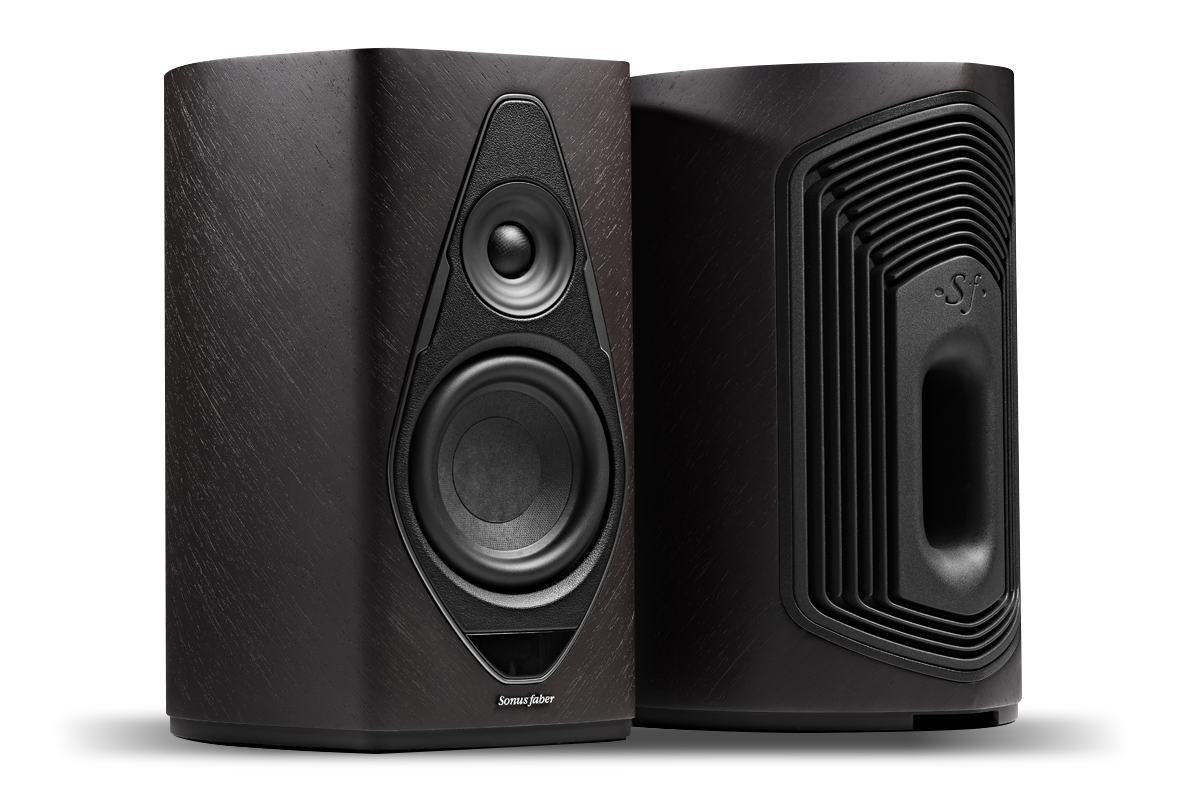
GB: So, the acoustic design was done first, before everything else?
LC: The acoustic package was designed following our classic recipe—paper-cone driver and silk-dome tweeter—but of course we had in mind that the speaker would be active. The tweeter is very similar to the tweeters we use in our passive models. But the woofer is very different. It’s a long-excursion design, which makes sense when you have an amplifier that controls the woofer so that it behaves exactly as you want. If you have an amplifier that is designed for that woofer, with the right equalization to work with that woofer, you can achieve a perfect match. In terms of materials, the woofer follows Sonus Faber’s DNA. In terms of its mechanical properties, it is designed specifically to be part of an active system.
GB: So the midrange-woofer diaphragm is classic Sonus Faber, but the motor system is designed for active use?
LC: The motor system and the suspension are designed to handle the amount of power we wanted to give to the Duetto. This means the woofer is outperforming, in terms of mechanics, a classic 5″ woofer that is designed for use with lower-powered amplifiers. The reflex port is a nice piece of engineering, because it was designed to deal with a lot of pressure from the woofer without producing too much noise. The reflex tube passes through the heat sink, which helps with heat dissipation. We think this is a nice, interesting idea.
The amplifier for the tweeter is a class-AB design with no sibilance. The waveguide is an interesting design that we are going to use in the next development. It has very good control of off-axis response.
GB: You’re obviously implementing the crossover in DSP. What other things are you doing in DSP to optimize the design?
LC: What we tried to do was to apply our philosophy of passive crossovers in the active world. Some people think you can do whatever you want using digital filters, because everything remains in the digital domain. The reality is different. The reality is that a specific kind of filter can sound different based on the engineer’s design. First of all, what we tried to do with the Duetto’s digital filters is to be consistent with the filtering design in our passive loudspeakers, which takes acoustic phase into consideration. The Duetto’s digital filtering topology, delays, and equalization were chosen to follow this philosophy exactly—to be phase-coherent and to represent our classic Sonus Faber voice, which has a target curve that we follow for any project. So, what you hear is a system that sounds like a Sonus Faber speaker, but with more controlled, more powerful bass.
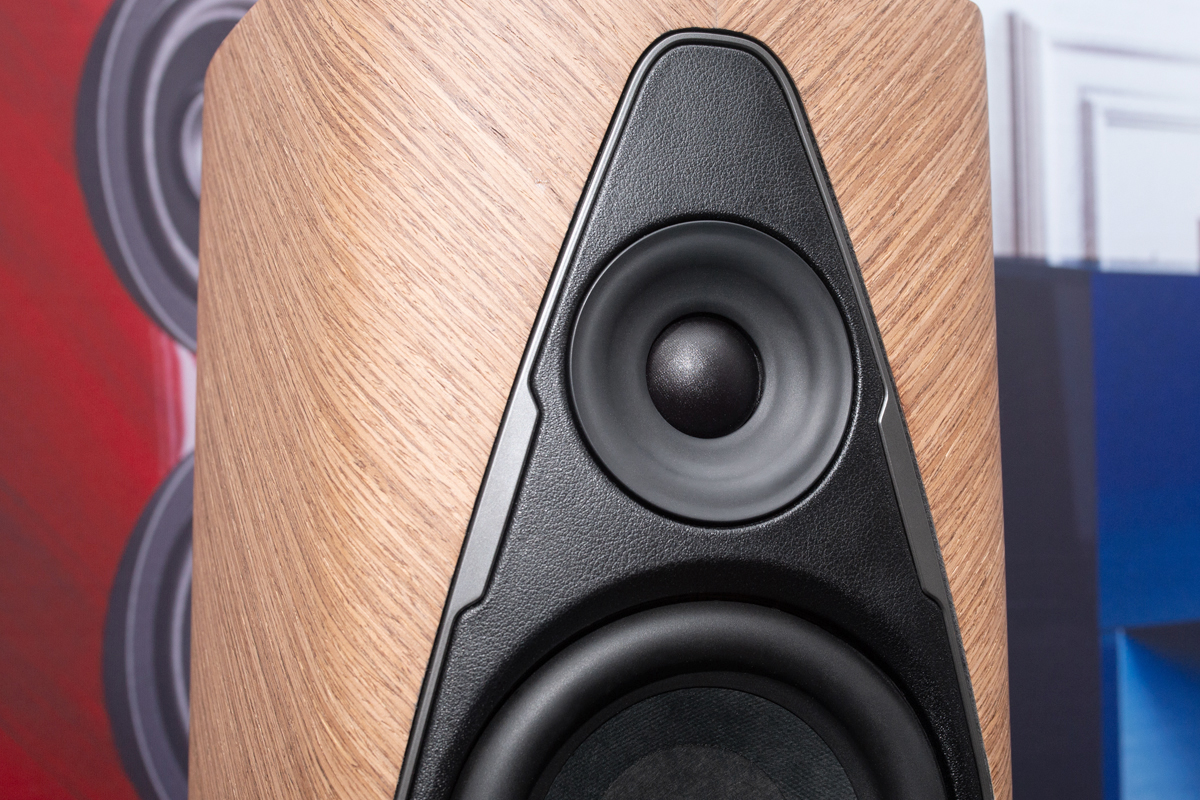
GB: Were you able to do this with the engineering talent you have in-house, or did you have to get additional resources to implement the active part of the design?
LC: The acoustic package was all done with internal staff. So was the DSP and amplification. We have the competencies for this. Florian [Marmisse] was the lead engineer for the project. He has a strong background in digital filtering. We used the same consultant who helped us with Omnia to develop the wireless integration, and the integration of services like Roon, Qobuz, Tidal, and Spotify. That person is a very important resource. He’s going to work on our next wireless project as well.
GB: Can you do things in an active design that you can’t do with passive speakers and a good amplifier? You’ve mentioned low-frequency performance. What else can you do in an active design?
LC: What you can’t do with a passive design, if you don’t want to over-complicate the crossover, is to control bass extension up to the limit of the woofer. With a passive crossover, you can balance the tonal response to have more bass. But if you want to control the woofer, meaning that you stop sending power below a certain frequency, you have to use a high-pass filter with a very low frequency. That means huge components and a disaster for phase performance. In the active world, you can tell the amplifier to push more power down to 40Hz, and then stop. This means the woofer is always working in its comfort zone, and you are using all its capabilities, because the woofer is not trying to play 15Hz or 20Hz.
Another thing you can do is control the high frequencies. In our classic speaker designs, we use a technology called DAD [Damped Apex Dome], which is mechanical damping in the middle of the dome to extend high-frequency response. We are not doing that with Duetto because we can push the EQ on the class-AB amplifier for the tweeter to perform to 30kHz without any mechanical tricks.
You can also control the frequency response of the drivers more closely. In the passive world, these adjustments require a lot of components in the crossover. It’s a little easier in the digital world, but it isn’t free. Every filter you apply to the signal makes a difference in the sound.
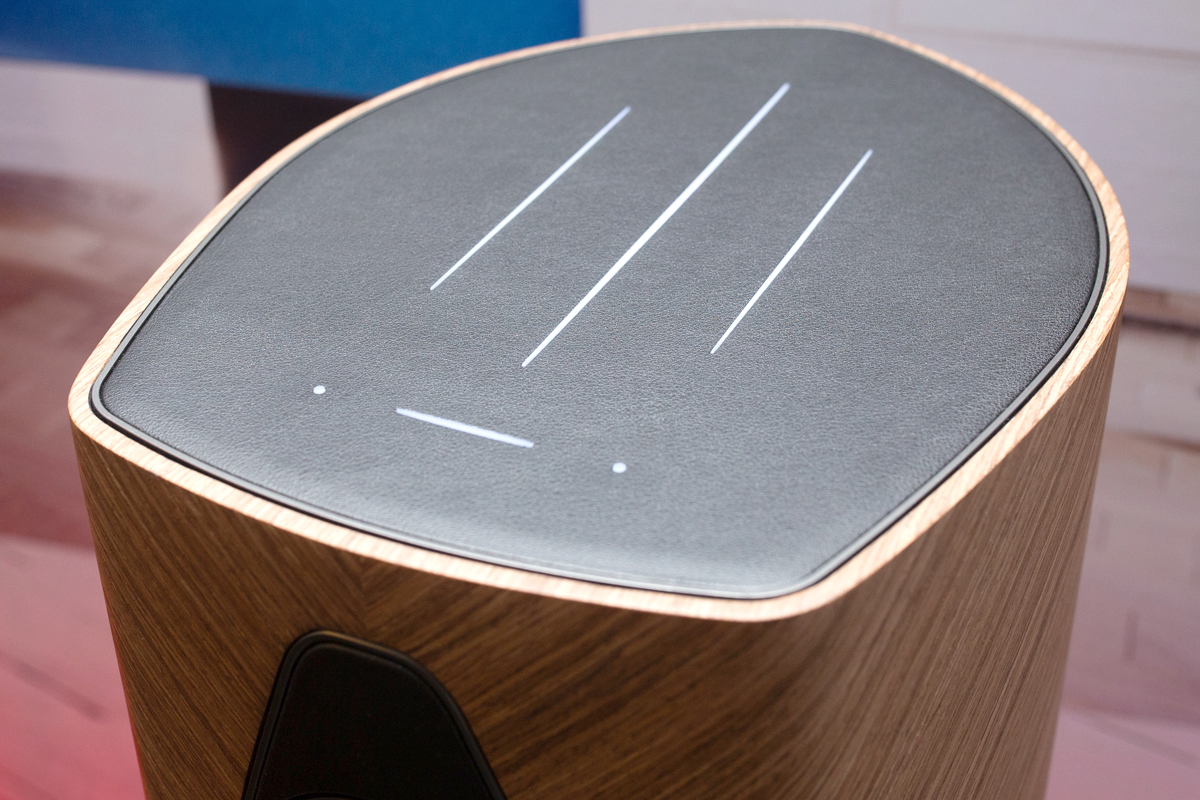
GB: I assume that the streaming component in the Duetto was sourced outside rather than being developed in-house.
LC: Yes, it’s a third-party chipset from a European vendor.
GB: Is it the same chipset as in the Omnia?
LC: Correct.
GB: Many digital active speaker systems are using WiSA technology to send audio from the primary to the secondary speaker—WiSA is almost ubiquitous in this space. Duetto uses an ultra-wideband solution from Spark Microsystems. What were the reasons for this choice?
LC: WiSA uses a frequency band that is used by many Wi-Fi routers. UWB uses a different frequency band that is used by fewer devices. So, there is less risk of interference, of dropouts, of a reduction in resolution. And Spark Microsystems’ solution has very low latency—5 milliseconds for CD-resolution audio.
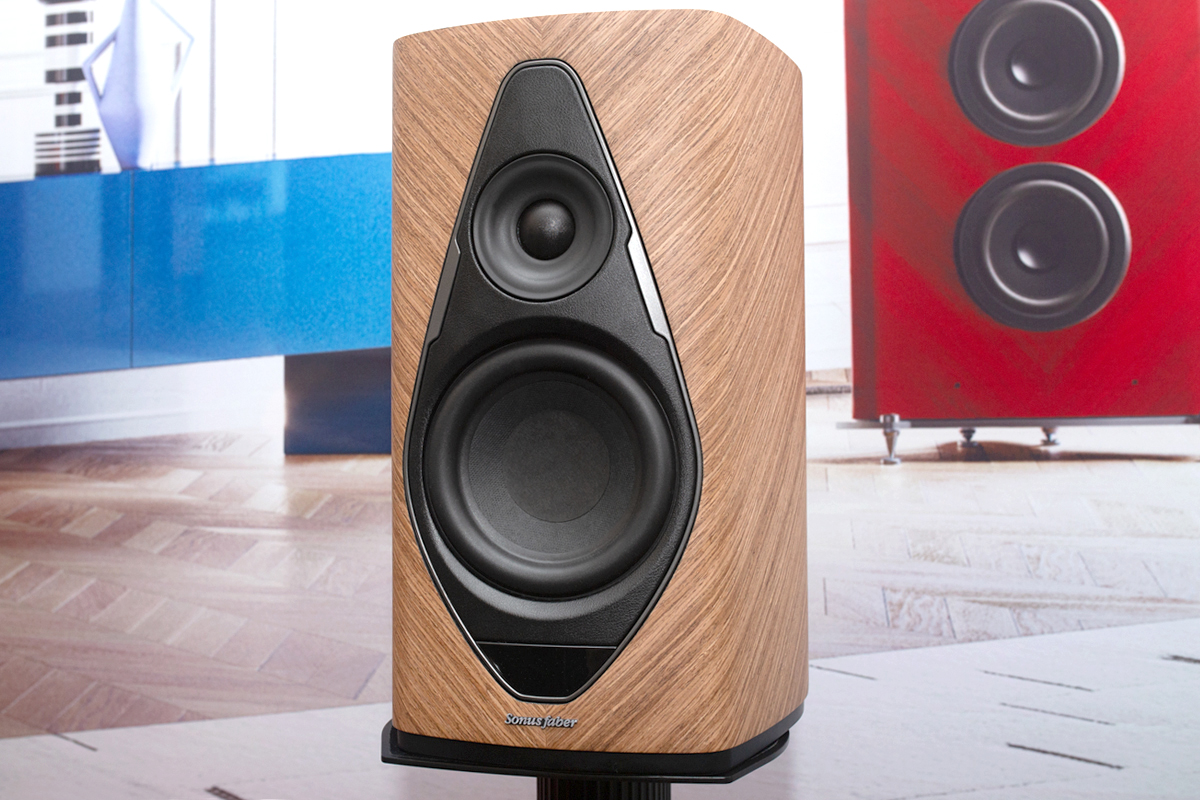
GB: In your presentation to EISA members about the Duetto, you mentioned that a dedicated app would be available by the end of 2023. Is that still the timeline? And is the app original, or is it a re-skinned version of someone else’s app?
LC: The app is ready. We created it together with the company that provides the wireless chipset for the Duetto. It was designed by us, based on a software platform that already existed. It’s an interesting solution. Part of the app is resident on the Duetto’s CPU, which means we will not be forced to change the app when Apple and Google update their operating systems.
GB: What functions will the app offer, and what streaming services will it support?
LC: The main reason we developed the app was to simplify the initial installation of the product. You can use our app instead of using Google Home or Apple Home. The app will find the Duetto on your network and take care of all the setup. Also, we wanted to give customers more opportunities for tuning the sound. With the app, you will be able to tune the high frequencies and adjust left-right balance. There will be two EQ presets: one for locating the speakers close to the wall, and the other for locating the speakers out into the room. But we didn’t want a software player in the app, so you cannot search for a track in Spotify. We want to leave that with the streaming software, because the streaming services are more skilled than we are with player software. Our app is more for tuning the speakers.
GB: Will the Duetto be Roon Ready at release?
LC: We received certification a couple of days ago, so we are almost ready with that.
GB: And the ship date?
LC: The Duetto will be announced tomorrow, on October 5. The ship date for North America will be announced later because the demand for this product is incredibly high.
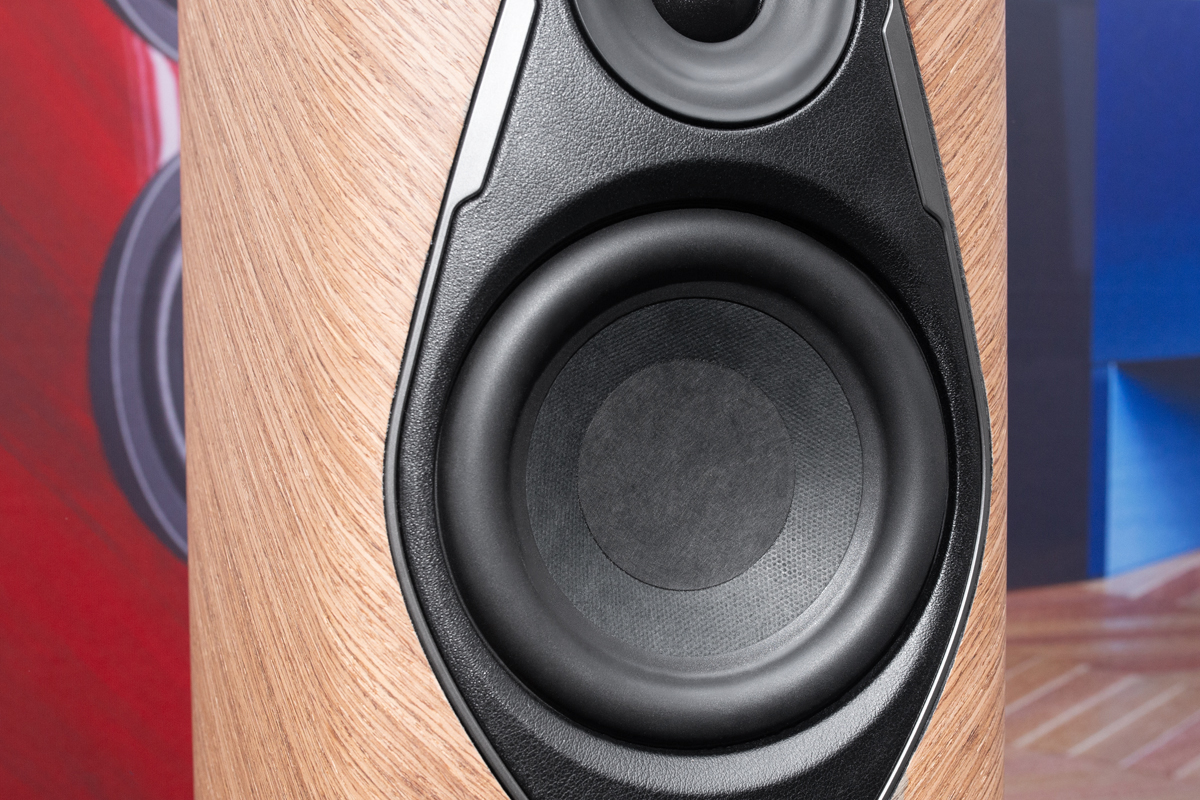
GB: In North America, active systems like the Duetto get some interest, but they’re a small part of the market. Is that the situation in other regions as well? Do you see that changing? Do you see products like the Duetto becoming more mainstream?
LC: That’s an interesting question. If you look at the market research, you see that the wireless speaker market is growing. But does that include speakers like we build for the hi-fi market, or are market researchers talking mainly about plastic-fantastic mass-market products? It’s really difficult to de-correlate the two phenomena because the market research lumps everything together. We believe a system like Duetto is an interesting solution, not only because it’s wireless, but because it’s an easy next step for people who are already familiar with wireless speakers. If someone, not of my age, but younger, is familiar with mass-market wireless speakers but wants more in terms of quality, a system like Duetto is a good answer. They don’t have to buy a full stack of electronics. People can use Duetto with the streaming services they’re used to. This kind of product makes the transition from normal consumer products to the hi-fi world simpler.
The fact that Duetto has HDMI ARC and a phono stage makes it very versatile. We hope it will be a success in the marketplace. It’s part of an ambitious program to have multiple products, a solid stream of active solutions.
. . . Gordon Brockhouse



